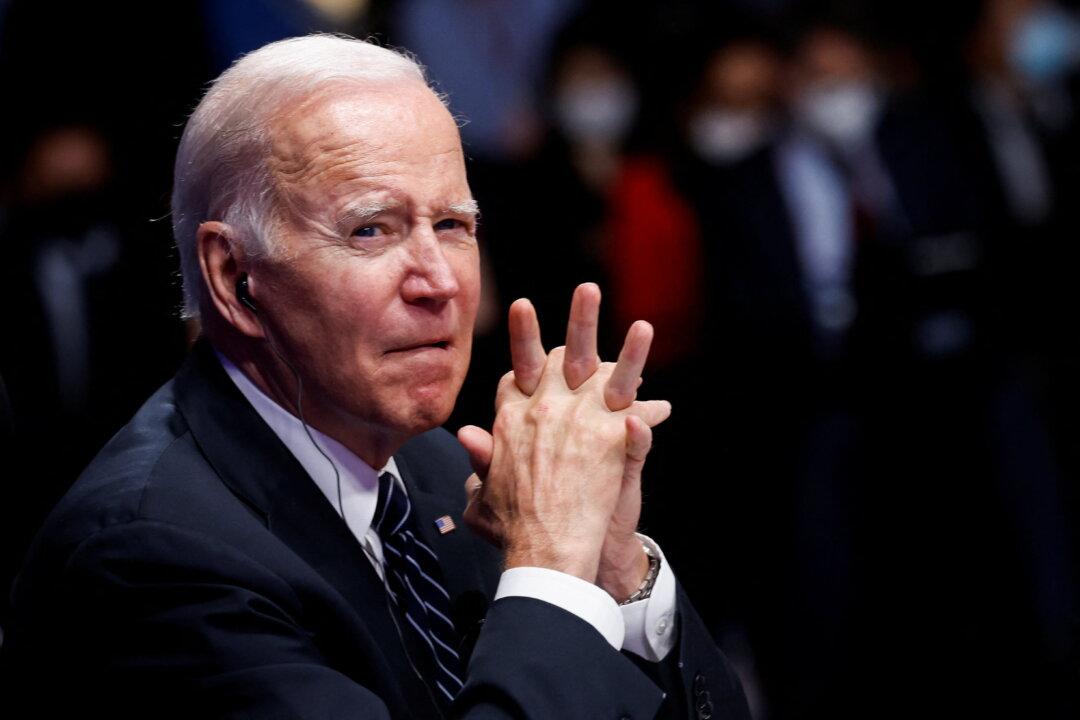The White House announced a broad plan on June 1 to expand building code standards at federally funded sites and to incentivize projects to meet the new standards at state and local governments.
The Biden administration says the new standards are for combating climate change and the extreme weather predicted to accompany it. The new initiative seeks to “boost resilience to the impacts of climate change, lower utility bills for homes and businesses, and prioritize underserved communities,” according to a statement from the White House.




